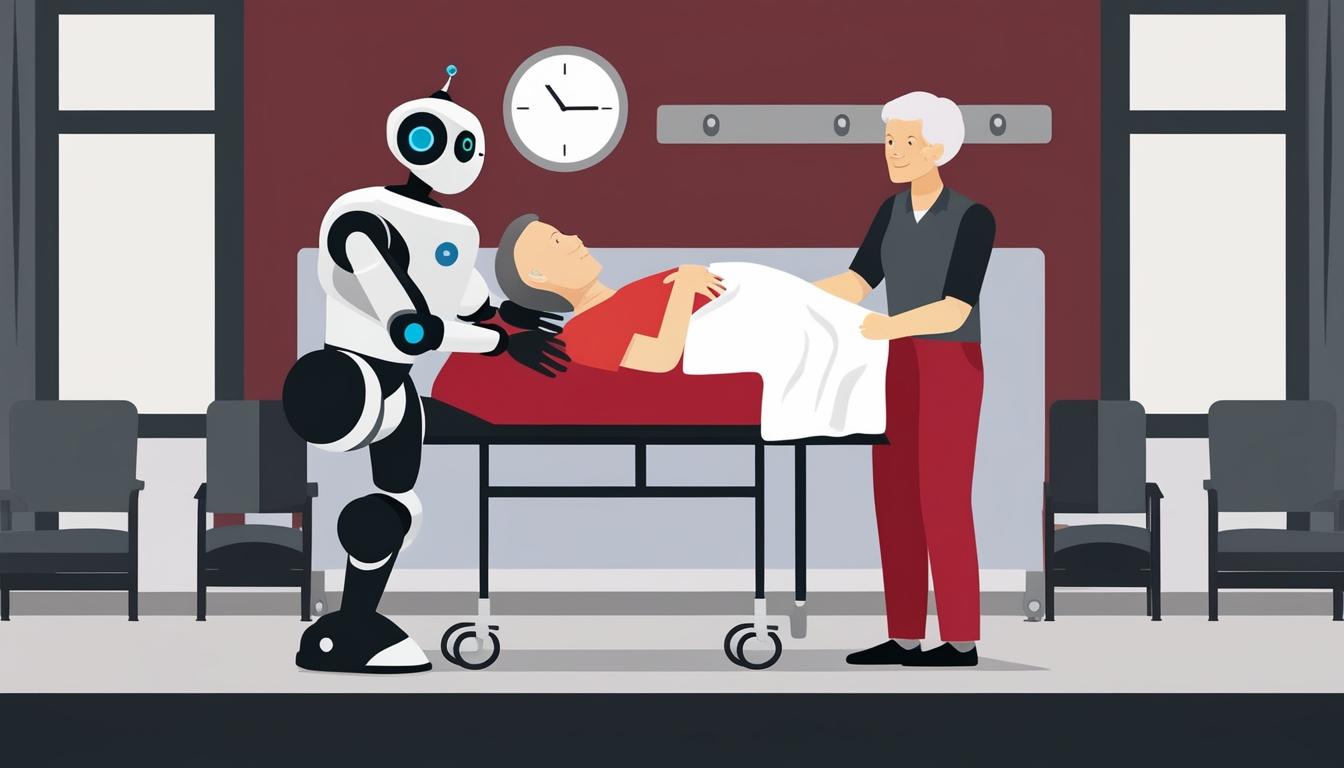In light of rising employee turnover rates and an increasingly ageing population, nursing homes have begun to incorporate robotic technologies to assist with various care tasks. A new study led by Yong Suk Lee, an associate professor at the University of Notre Dame's Keough School of Global Affairs, sheds light on the implications of this robotic adoption, highlighting its effects on both employee retention and patient care quality. The research was featured in the journal Labour Economics and marks a significant shift from the traditional focus on robots in manufacturing to their application in the long-term care sector.
The impetus for this research stems from Japan's experience as a "super-aging society," which serves as a precursor for potential future trends in other countries, including the United States. In the past year, over 57 million residents aged 65 and older were recorded in the U.S., with projections suggesting this figure could rise to 88.5 million by 2050, as indicated by the Census Bureau. Given the growing demographic of senior citizens, Lee noted the necessity for societies to adapt to the realities of declining populations and diminishing numbers of working-age individuals.
The study primarily examined three distinct types of robots implemented in assisted living facilities:
- Transfer Robots - Utilised by nurses to assist in lifting and moving patients safely.
- Mobility Robots - Designed for patient use, these robots aid in movement and personal hygiene.
- Monitoring and Communication Robots - These include advanced technologies capable of tracking patient data and alerting care providers.
Lee's research demonstrates that the integration of robots correlates positively with employee retention rates within nursing homes, an area of particular concern given the physically demanding nature of the work, which often leads to high turnover. "We found that robot adoption complements care workers by reducing quit rates," Lee said. Furthermore, while the overall employment figures in nursing homes increased with robotic assistance, the impact varied among workers, showing a heightened demand for part-time and less experienced staff, in contrast to more seasoned workers.
In terms of patient care, nursing homes employing robotic technologies reported significant improvements. The study noted a reduction in both the use of patient restraints and the incidence of pressure ulcers (commonly referred to as bedsores), two critical metrics of patient wellbeing in long-term care environments. By alleviating the physical burdens typically shouldered by caregiving staff, robots afford workers the opportunity to devote more time to tasks that necessitate human interaction and emotional engagement. "Robots can improve productivity by shifting the tasks performed by care workers to those involving human touch, empathy and dexterity," Lee articulated. This transition is expected to enhance the overall quality of patient care delivered in these facilities.
Funding for this comprehensive research was provided by various institutions, including Stanford University's Shorenstein Asia-Pacific Research Center and the Japan Society for the Promotion of Science, among others. Alongside Lee, the study was co-authored by Toshiaki Iizuka from the University of Tokyo and Karen Eggleston from Stanford University.
The findings from this study are integral to ongoing discussions about the intersection of technology, employee dynamics and the future of work. As societies grapple with an ageing population, Lee's research aims to inform the long-term care industry, offering insights into how technology can reshape caregiving practices while examining its broader implications for labour and workplace structure. "This research provides critical insights into how societies can successfully navigate the challenges of caring for ageing populations," Lee stated.
Source: Noah Wire Services
